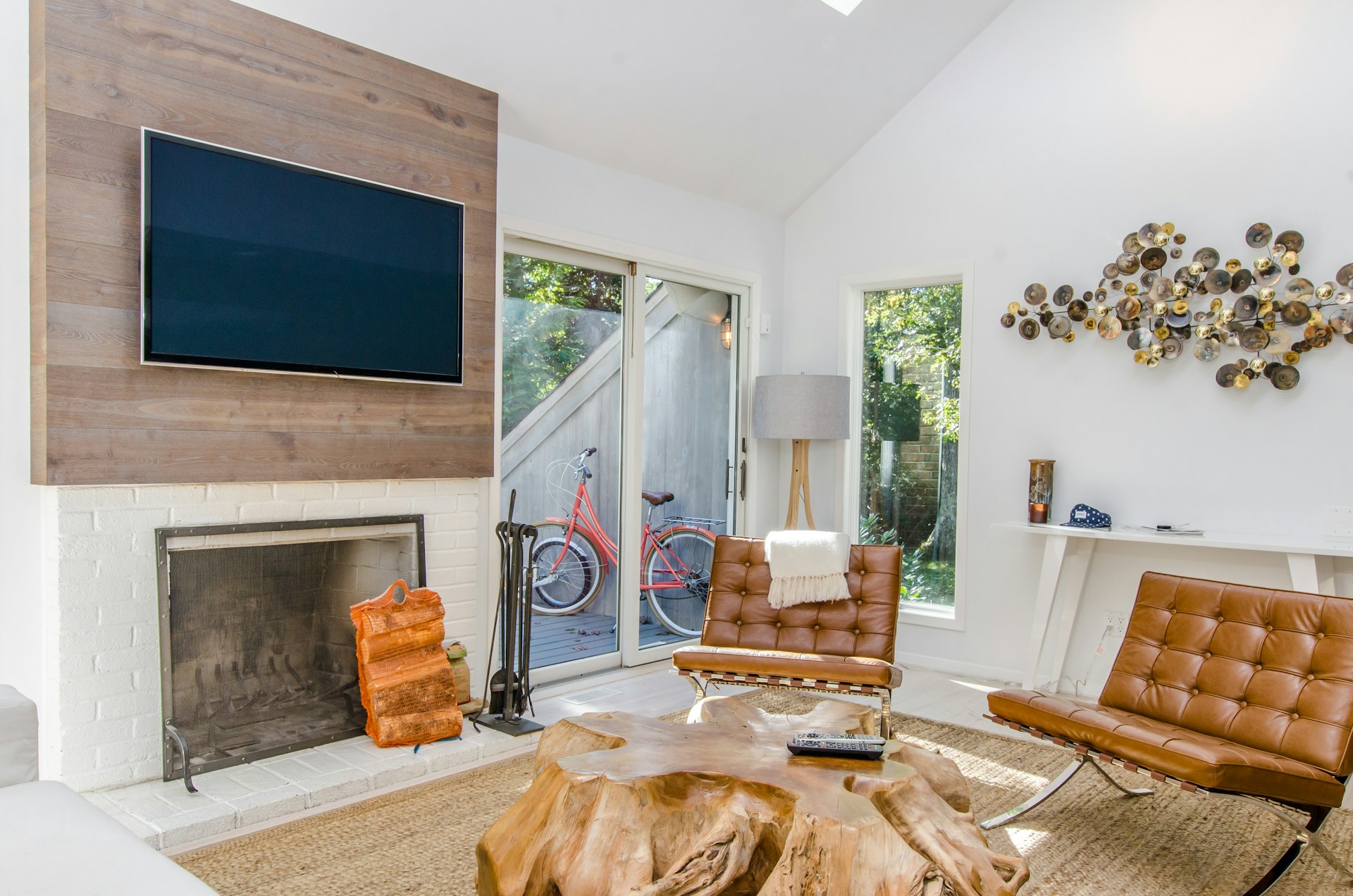
Creating positive habits is not just a passing trend—it’s the foundation for personal growth, productivity, and self-fulfillment. But building lasting habits can feel overwhelming, especially when life gets busy or motivation begins to fade.
Whether your goal is to adopt a consistent workout routine, improve your learning through an intuition course, or enhance your daily productivity, understanding the principles of habit formation can set you up for success.
This blog will explore the key steps to build better habits, focusing on simple, actionable strategies that work.
You’ll learn the science behind habits, how goal setting plays a crucial role, and why your habits directly influence your overall productivity. By the end, you’ll be equipped with the tools you need to create lasting positive change in your life.
Why Good Habits Are the Backbone of Success
Habits serve as the foundation of who we are and how we perform every day. They allow us to operate on autopilot for routine tasks, freeing up mental energy for more complex challenges.
But not all habits are beneficial—a bad habit like procrastination or multitasking can hinder productivity and progress toward your goals. On the other hand, cultivating good habits can amplify almost every area of your life.
Simple practices like planning your day, attending an intuition course for self-improvement, or committing to a fitness plan can lead to tangible long-term benefits. Good habits maximize your efficiency, enhance your decision-making, and bring clarity to your priorities.
But why do habits matter so much? According to researchers, nearly 40% of our daily actions stem from habit rather than deliberate thought. This means the better your habits, the smoother your path toward achieving meaningful, lasting results.
The Role of Habit Formation in Productivity
Building better habits and enhancing productivity often go hand in hand. Once a positive habit becomes automatic, it reduces decision fatigue and allows you to focus on high-priority tasks.
Committing to practices like setting a daily schedule or reviewing goals reinforces alignment with both short-term tasks and long-term objectives.
Step 1. Start Small and Build Momentum
Many people fall into the trap of setting overly ambitious goals when forming new habits, which can lead to early burnout. Instead, starting small is key to turning habits into lasting behaviors.
Psychologists call this the “micro-habit” approach, where you focus on a manageable, bite-sized action rather than dramatic changes from the outset.
For instance, if your goal is to read more, commit to reading one page per day rather than imposing an unrealistic goal of an entire book per week. Similarly, if you aim to practice daily mindfulness, start with just five minutes instead of an hour-long meditation session.
Building small wins creates momentum and instills confidence, making you more likely to stick with the habit over time. Bullet points to consider for starting small:
- Focus on short, easily achievable actions.
- Resist the urge to overreach in the beginning.
- Celebrate completing small milestones as they compound into larger results.
Step 2. Be Intentional About Goal Setting
Goal setting is a vital part of habit creation because clear goals give you direction, motivation, and an endpoint to work toward. However, vague or overly broad goals can quickly derail progress. Instead, adopt the SMART framework for effective goal setting:
- Specific—Clearly define your habit or objective.
- Measurable—Set a benchmark to track your progress.
- Achievable—Make sure the goal is realistic and attainable.
- Relevant—Align your goal with your larger life purpose.
- Time-bound—Set a deadline to create a sense of urgency.
For example, instead of resolving to “become healthier,” you might set a SMART goal to “exercise for 20 minutes, five times a week, starting next Monday.”
This reduces ambiguity and ensures actionable steps toward progress. Intentional goal setting can transform abstract hopes into achievable outcomes, providing both clarity and motivation.
Step 3. Create a Visual Cue System
Many successful habits are built upon environmental cues that trigger action. By strategically designing visual or situational cues, you can reinforce your desired behaviors.
For example, leaving workout clothes near your bed or placing a book on your desk can serve as subtle nudges to take action. Behavioral psychologists explain that cues are critical because they eliminate the need to “decide” what to do next.
The fewer decisions you have to make, the easier it is to stay consistent. Remember that these cues must be integrated naturally into your existing routine so they don’t feel forced or disruptive.
Practical examples of visual cues:
- Place tools or items tied to the habit (e.g., water bottle, gym shoes) in your line of sight.
- Use reminders like sticky notes on your fridge or phone calendar alerts.
- Combine habits into “habit stacking.” For instance, “After I brush my teeth, I’ll journal my top three goals for the day.”
Step 4. Leverage Tracking and Accountability
Tracking your progress not only motivates you but also provides valuable insight into patterns and behaviors that might need adjustment.
Whether you log progress in a journal, use habit-tracking apps, or simply mark an “X” on a calendar, the act of recording your progress solidifies the habit in your mind.
Accountability is equally important. Sharing your goals with others or partnering with an accountability buddy makes you less likely to give up when setbacks occur. This added layer of commitment can keep you consistent and focused, even on tough days.
Step 5. Master the Art of Habit Triggers
Habit triggers are natural events or circumstances that prepare your brain to carry out a desired behavior. For example, hearing your morning alarm might serve as a signal to stretch or start your workday productively.
By intentionally setting habit triggers, you can anchor new positive actions to existing routines. Common habit triggers include:
- Time-based triggers (e.g., 7 AM daily alarm to meditate).
- Action-based triggers (e.g., finishing a task and taking a brief walk).
- Emotion-based triggers (e.g., feeling stressed and practicing deep breathing).
By aligning your triggers to habits, you’ll bridge the gap between intention and execution in a seamless way.
Step 6. Stay Committed Through Challenges
Building lasting habits isn’t always smooth sailing. You’ll encounter roadblocks, distractions, and moments when motivation fades. What makes the difference is your mindset and commitment to bouncing back from setbacks.
When you miss a habit, avoid slipping into self-blame or discouragement. Instead, reflect on what interfered and take quick steps to get back on track. Remember, consistency matters most—missing one or two days doesn’t mean failure.
Tips for staying committed:
- Focus on progress, not perfection.
- Revisit your “why” for starting the habit.
- Reward yourself for successful milestones to stay motivated.
Take Control of Your Habits Today
Building lasting habits is not about sheer willpower but about understanding how your brain works and creating a supportive structure for success.
Whether your goal is improving productivity, excelling in an intuition course, or achieving personal growth, these strategies can help you get there.
Start small, stay intentional, and focus on systems that work for your unique circumstances. Over time, your efforts will compound into lasting positive changes that improve your life. Take your first step today and take control of your habits—your future self will thank you.





































